 For several years in the early 1970s I wrote annual summaries of the preceding year’s notable events in the world of photography for Collier’s Encyclopedia Yearbook — as its name implies, an annual update of that reference work. I took the assignment as an opportunity to create a time capsule of sorts, intended for unpredictable and even unlikely reference by readers I assumed would not normally track the medium, thus unfamiliar with its issues and field of ideas. An unusual challenge.
For several years in the early 1970s I wrote annual summaries of the preceding year’s notable events in the world of photography for Collier’s Encyclopedia Yearbook — as its name implies, an annual update of that reference work. I took the assignment as an opportunity to create a time capsule of sorts, intended for unpredictable and even unlikely reference by readers I assumed would not normally track the medium, thus unfamiliar with its issues and field of ideas. An unusual challenge.
The publishing schedule required completion of the assignment by late fall (November 1, as I recall), with the volume sent out to subscribers in early spring, around this time. I just came across the one that appeared 40 years ago in the 1974 edition of the Yearbook, synopsizing the year 1973 (and the last months of of 1972). Here it is, in its entirety. — A. D. C.
Photography: 1973
Death was the thematic thread unifying the three major events in the photographic world this past year: the demise of Edward Steichen, the folding of LIFE magazine, and the presentation of a major retrospective exhibit and monograph on the work of the late Diane Arbus.
Edward Steichen
Between his birth in 1879 and his death on March 25, 1973 at the age of 93, Steichen was a pioneer in creative photography, one of the originators of advertising photography, head of the U.S. Navy’s photographic division during World War II, director of the department of photography at the Museum of Modern Art, and the creator of the most widely seen exhibit and best-selling book in the history of photography, The Family of Man. Accused by detractors of being a mere popularizer, he persevered in his attempts to build a broad audience for the medium he believed could be “a major force in the explaining of man to man.” His death was mourned throughout the world.
End of LIFE
On December 29, 1972, LIFE magazine published its last issue, thus terminating a publishing history which began on November 23, 1936 with an issue featuring a cover and lead story by the great photographer Margaret Bourke-White. LIFE quickly became a success and developed into the most widely read and influential picture magazine ever published. During its heyday, between 1936 and 1960, LIFE presented a seemingly endless stream of classic photojournalistic essays by such figures as Bourke-White, Alfred Eisenstaedt, W. Eugene Smith, Robert Capa, Eliot Elisofon (who also died this past year), and David Douglas Duncan.
However, by the late 1950s the magazine had become hopelessly locked into its own style and entirely formularized. Failing to recognize and change with its new audience, it began losing its readership. Thus, while LIFE‘s departure symbolized the end of an era, it was an era whose creative impact had terminated long ago.
Diane Arbus
The death of Diane Arbus by her own hand at the age of 48 in June 1971 continued to haunt the photographic world this year. A cult figure at the time of her death by virtue of her interest in freaks as subject matter, Arbus became a posthumous superstar of international stature. A selection of her images was included in the Venice Biennale, an unprecedented honor for a photographer; articles about her life and death appeared in numerous publications, written both by people who had been close to her and by passing acquaintances. And finally, in November 1972, the Museum of Modern Art presented a retrospective exhibit of her work and co-published an accompanying monograph. Both proved enormously successful, partly because she had come to symbolize for feminists the tragic plight of the woman artist.
There are, however, disturbing aspects to these events. Whatever the reasons for her suicide may have been, they were not due to sexual discrimination as a female artist or professional. Arbus was a highly successful commercial photographer for two decades and was supported and sponsored in her creative work by a number of influential individuals, among them fashion photographer Richard Avedon and designer Marvin Israel.
A more significant issue is raised by the exhibit and book on her work. During her lifetime, Arbus exhibited and published no more than three dozen of her own pictures. However, because photography is inherently a prolific medium, the assemblers of this exhibit and book selected about 90 additional images from Arbus’s negative file for inclusion in these presentations. The honesty of this practice is questionable, and the authenticity of the additional pictures is dubious at best.
Other exhibitions
Many of the year’s other exhibitions served to broaden the common definition of what a photographic show is. Two young women, Judy Levy and Adrienne Landau, hung a show in New York City titled “Judy and Adrienne,” which included photographic memorabilia, such as snapshots and yearbook portraits, recording the progress of their two parallel lives from birth through divorce.
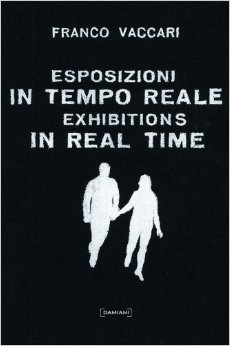 At the 36th Venice Biennale in Italy, Franco Vaccari created what he called an “exhibition in real time” by placing a four-for-a-quarter photo machine in the middle of a room and asking visitors to make portraits of themselves and hang them on the wall. The result was a room lined with thousands of photo strips and a marvelous catalog containing anonymous portraits.
At the 36th Venice Biennale in Italy, Franco Vaccari created what he called an “exhibition in real time” by placing a four-for-a-quarter photo machine in the middle of a room and asking visitors to make portraits of themselves and hang them on the wall. The result was a room lined with thousands of photo strips and a marvelous catalog containing anonymous portraits.
Several years ago Eleanor Antin began mailing out picture postcards from California that recorded the picaresque adventures of 100 black rubber boots. These boots visited assorted natural and man-made landmarks, experienced a tragic romance, and were guilty of trespassing, among other activities. They eventually wended their way across the country, and they and the entire photographic chronicle of their adventures wound up on display at the Museum of Modern Art.
Among other shows of interest was “From the Picture Press” at the Museum of Modern Art, an exhibit of news photographs, many of which had been chosen by Diane Arbus. At the Studio Museum in Harlem, one of the few showplaces in the nation for work by black artists, Beuford Smith, a member of the younger generation of black photographers, had a powerful one-man show. Lucien Aigner, a pioneer photojournalist whose friends and cohorts included Erich Salomon and Alfred Eisenstaedt, came out of obscurity to hold a series of exhibits of his historic work across the country.
There were also showings of the prints of photographer-ethnographer Edward S. Curtis, whose The North American Indian, a multi-volume work of images and text, was rediscovered a few years ago. And to New York from Stanford University came “Eadweard Muybridge: The Stanford Years, 1872-1882,” covering the period in which Muybridge made sequential images of animal and human locomotion that gave accurate data to scientists and artists alike.
Prankster Harvey Stromberg, who specializes in showing his work unofficially in the most prestigious places and whose last choice was the Museum of Modern Art, this year mounted “Portraits of the American Cockroach,” a set of exact-to-scale photographs backed with sticky tape, at the White House. Stromberg denied any specific correlation between his “bugging” and the Watergate affair.
Books
In addition to those books already mentioned, the year’s best included André Kertész: Sixty Years of Photography, a superbly reproduced and pithy monograph on one of the most important photographers of our century; Dark Light, a somber and powerful first book by Michael Martone; The Black Photographers Annual, 1973, which was qualitatively superior to most photo annuals and gave black photographers a chance to present their visions to an audience which, because of de facto segregation throughout commercial and creative photography, had little previous exposure to it; and Wisconsin Death Trip, in which historiographer Michael Lesy dissected the nostalgic myth of turn-of-the-century Midwestern life to reveal its secret agonies through a brilliant juxtaposition of contemporary photographs and newspaper clippings.
In addition, Anita Brenner’s classic photo-history of the Mexican revolution, The Wind That Swept Mexico, was reissued and proved itself to be still a perfect illustration of the blending of photographs and text into a cohesive whole.
After a 1973 U.S. Supreme Court decision on obscenity gave local law enforcement agencies authority to act in accordance with prevailing “community standards,” at least two photographers were forced to remove from forthcoming books images which the publishers feared might upset the censors in small towns.
•
Rereading this at a remove of four decades, I find it pleasantly surprising to see what a diversity of issues I managed to address (even if fleetingly) in the stripped-down style mandated by the encyclopedia’s editorial guidelines. Most of the article derives from my reviews and reports in the Village Voice and New York Times. Some of the ideas alluded to here in miniature would ripen into substantial future essays: on the autobiographical mode in photography, censorship in photography, and the definition and integrity of the body of work. — A. D. C.
•
This post supported by a donation from the Estate of Lyle Bongé.


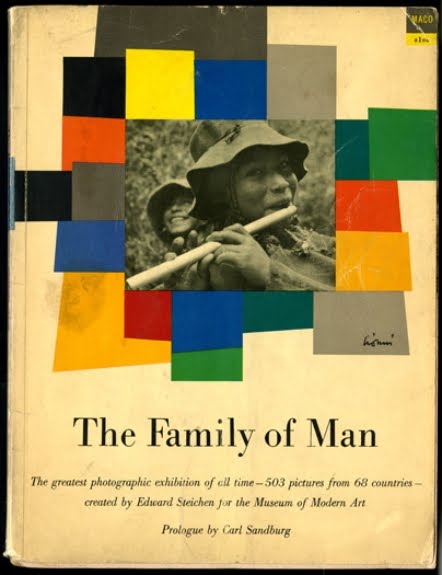
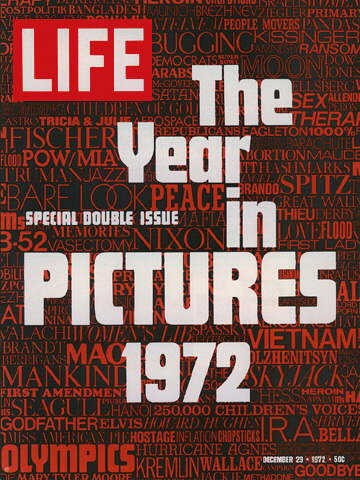
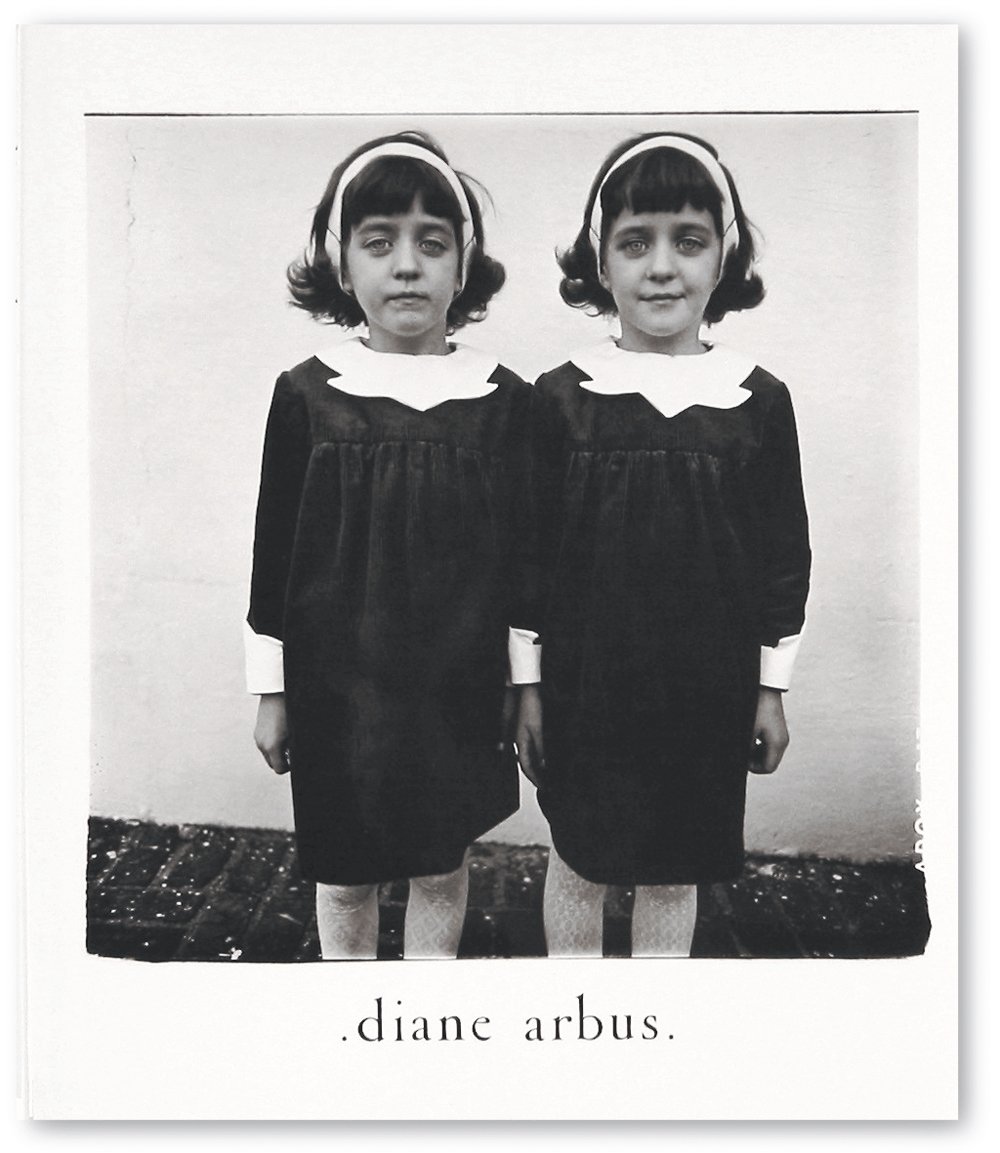
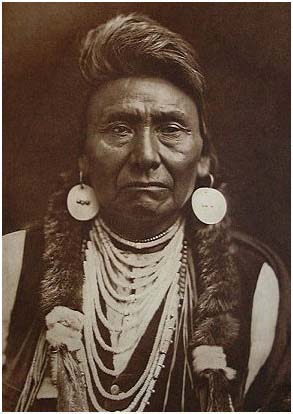
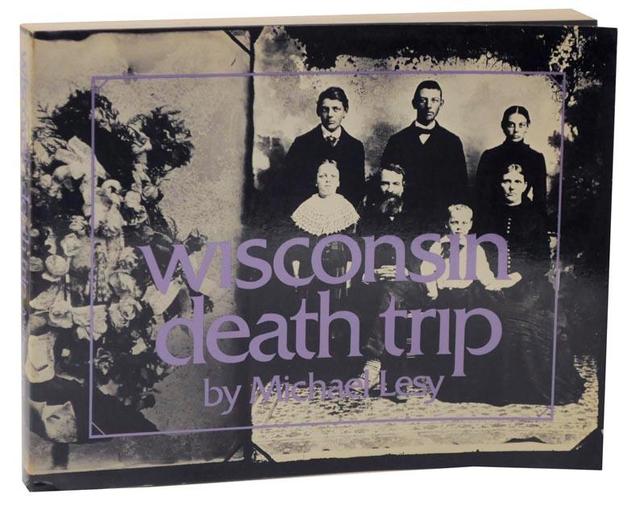




I enjoyed your article on your Collier’s “time capsule.” Helmut Gernsheim used to do the same for Encyclopaedia Britannica for a number of years and they have become interesting amber-cast blocks of annual, editorial summations.